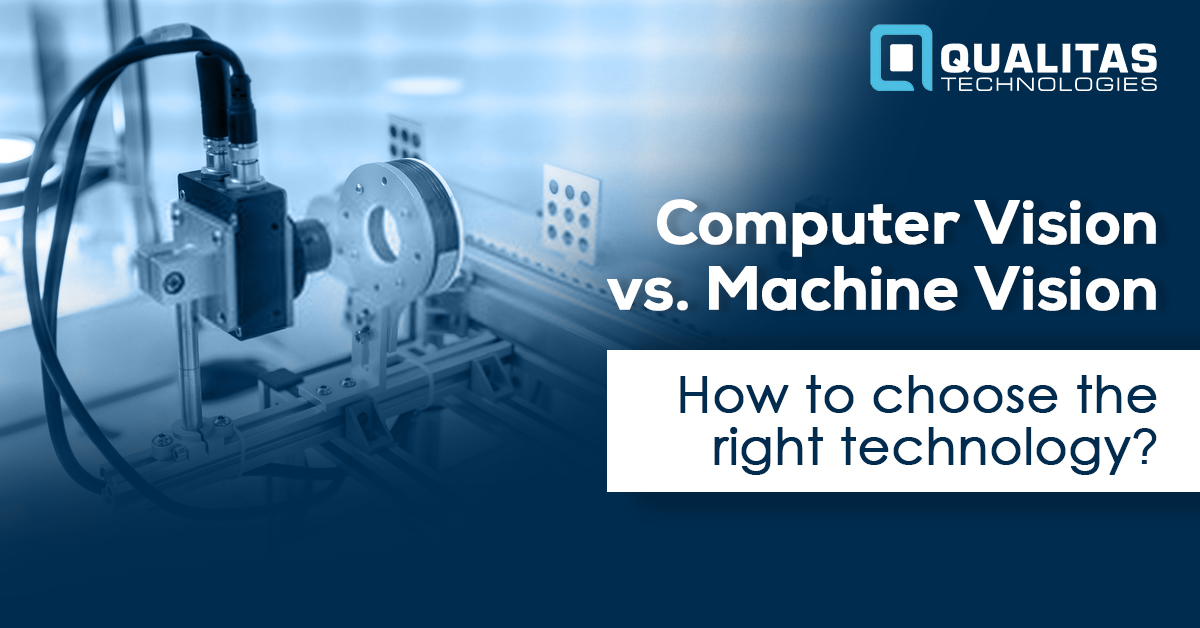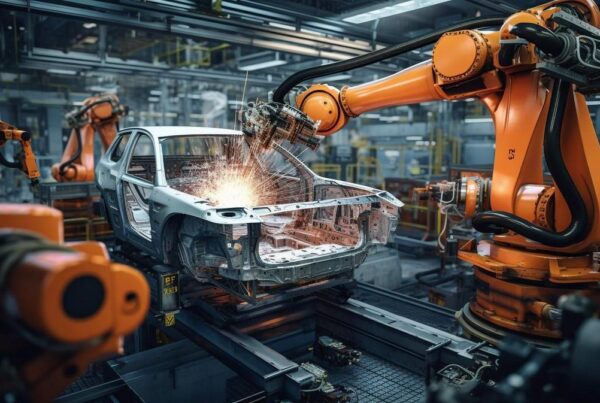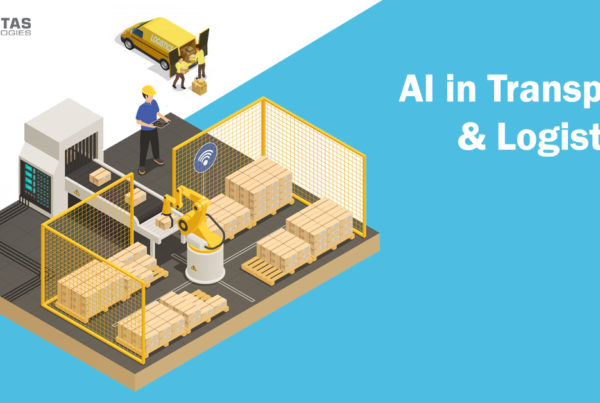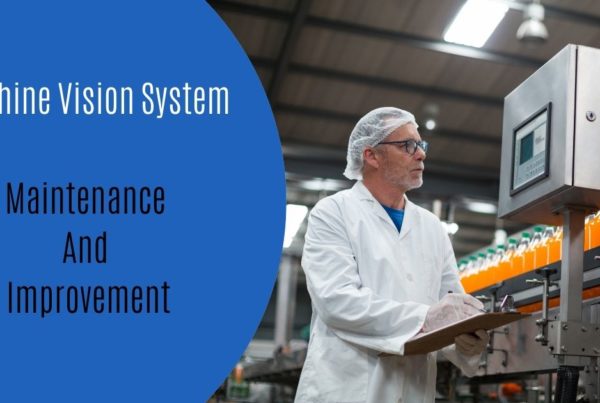
Introduction
The very notion of machines being able to “see” things and accomplish mind-numbing tasks with tremendous accuracy seems to be the stuff of a sci-fi movie. But vision systems have now converted this notion into a reality. You may have come across IT buzzwords like “machine vision” and “computer vision”. You may be wondering what is computer vision, and is it not the same as machine vision? While these terms are frequently used interchangeably, these are actually two different kinds of technologies. Let’s now dive directly into what is computer vision technology and machine vision technology.
Computer vision is composed of a system with high, PC-based processing capabilities for analyzing the visuals that it collects. It can identify, predict and observe trends and also study a lot of variables at once. Computer vision has found significant traction in multiple industries that have to analyze mountains of data being churned out every day.
Machine vision can be thought of as a simpler and more robust form of computer vision. It is built to analyze images and take simple, automated decisions accordingly. It often only requires PLC-based processing. Machine vision systems work well in production and practical applications.
Computer vision and machine vision are both inherent image processing systems. So, they both have similar components like a camera, a frame grabber, lighting systems, and necessary software to manage the data. While the involved processes may appear the same superficially, these vision systems have considerable differences in terms of capabilities and processing techniques.
Also, Read Different Types of Vision Systems
Computer Vision vs Machine Vision
- Objective
Computer vision technology is dedicated to comprehending images maximally after acquiring, processing, and analyzing them. Their primary aim is to extract all the possible, meaningful insights from the object or scene under observation. Machine vision, on the other hand, focuses only on the most critical parts relative to its application to take simple, automated decisions.
- Capability
Computer vision systems are equipped with much more powerful processors than machine vision systems. However, these PC-based vision systems are less robust in industrial environments, and often, industrial applications don’t require such advanced capabilities. Now, this is the place where machine vision fits in perfectly.
- Application
Machine vision systems are often designed to cater to specific applications. While computer vision technology often delivers value to the Sciences and Big Data applications, machine vision technology is more concentrated in the engineering domain.
Also, Read 3 Uncommon Applications of Machine Vision
Benefits and Limitations
Since their inception, both computer vision and machine vision have amassed massive popularity due to their amazing range of benefits. Some prominent benefits are enumerated below:
- Considerable reduction in operational and maintenance costs.
- Stringent quality control and reduced scrap rate.
- Tasks are accomplished faster and with formidable accuracy.
- Minimal human involvement ensures uncontaminated products.
- Best alternative to labor working in hazardous environments.
- It spares the employees considerable time to indulge in creative thinking and tackle the more critical issues.
However, as valuable as these benefits are, there are also a few limitations to these vision systems, which are:
- Since the vision systems involve the use of AI, ML, and other advanced technologies, companies have to hire a team of professionals with suitable technical expertise.
- A dedicated team is needed to regularly monitor and evaluate the performance of the vision systems to avoid any unanticipated breakdowns.
Applications of Computer Vision and Machine Vision
Broadly speaking, both computer vision and machine vision are extremely valuable technologies and have heaps of industrial use cases. Some prominent industries where these technologies are gaining traction are:
Computer Vision Applications
- Medical
Healthcare heavily relies on imaging, extraction of critical facts, and recognition of trends from images. Also, the visuals generated by medical imaging are frequently not entirely clear. Thus, computer vision, a form of AI, can aid the medical staff in making an accurate and timely diagnosis. For instance, computer vision is being used extensively to detect pneumonia from the X-ray reports in the COVID pandemic.
- Retail
Computer vision applications such as security, spillage detection, theft control, and video analytics are helping retailers augment the customers’ shopping experience. By sifting through the viewed products and purchases made, the system can offer more personalized recommendations to each shopper and instill loyalty.
- Banking
So, what is computer vision doing in the banking sector? Computer vision is being used these days extensively to identify counterfeit currency at customer touch-points. Also, using computer vision, washed cheques, or fake cheques can also be spotted easily.
Also, Read Understanding Camera Sensors for Machine Vision Applications
Machine Vision Applications
- Pharmaceutical Industry
Product integrity is the paramount responsibility of the pharma industry. Machine vision systems can be utilized for counting, proper packaging, and diligent inspection. These systems can identify defective and substandard products in real-time and minimize the turnaround time.
- Agriculture
Machine vision systems can help farmers identify and fulfill the nutritional needs of different crop varieties. It will also constantly monitor livestock growth and alert the farmers regarding weeds and crop diseases. Smart automation of such arduous tasks will boost the bottom-line yield and throughput.
- F&B(Food and Beverage) Industry
The FMCG industries demand strict compliance with regulations, and even a slight deterioration in quality can have extreme repercussions. It is impossible to diligently inspect each product, even for a large human workforce. Machine vision systems can check even the smallest of details and ensure optimal product quality standards.
Also, Read 7 APPLICATIONS OF MACHINE VISION
Conclusion
New and more powerful technologies are popping up and being improved all the time. In the imminent future, vision systems will become practical and useful for a wider variety of businesses. On the CV side, deep learning, speedier processors, and cloud computing will open up more doors of potential applications. On the machine vision side, component developments are offering enhanced and cost-effective raw materials.
In this post, we discovered what is computer vision and how it is different from machine vision, its benefits, limitations, applications, and what is computer vision’s and machine vision’s future.
Register For Our Upcoming Free Webinar





